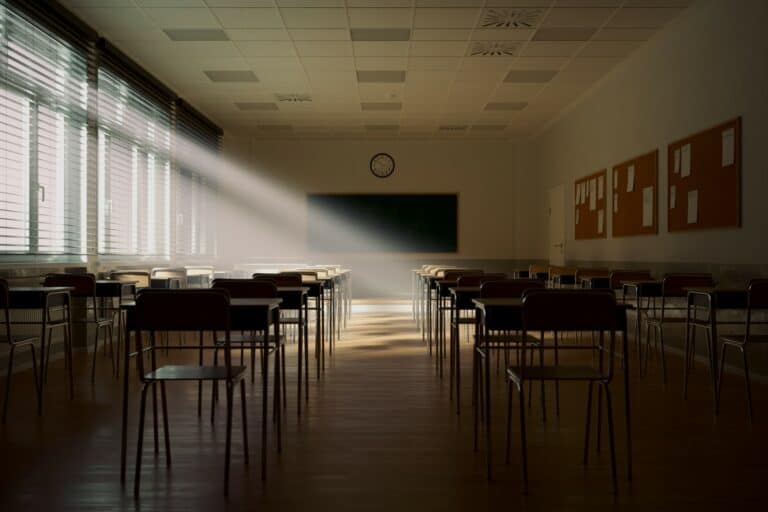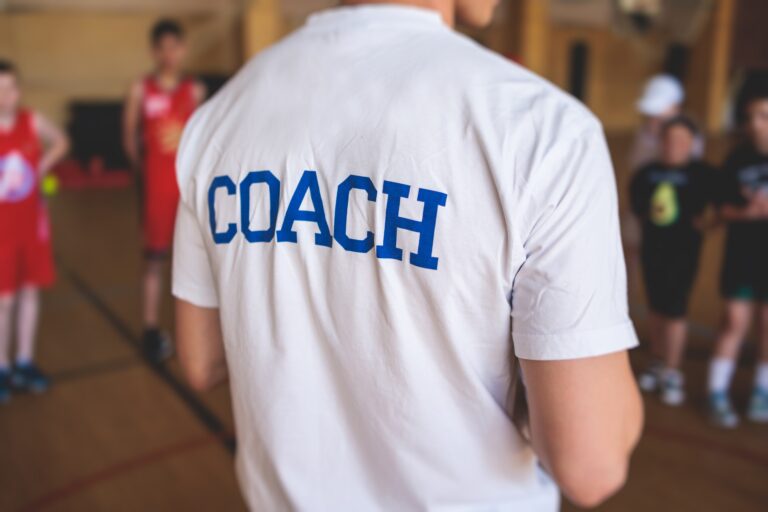There have been several studies that have explored this issue, investigating reasons why children with disabilities are particularly vulnerable to abuse and exploitation. We have put together a summary of some of those studies.
APSAC 2017 study on children with learning disabilities
In October 2017, the American Professional Society on the Abuse of Children (APSAC) released a study titled Sexual Abuse of Children with Disabilities. The researchers carried out a national probability study of over 2,000 maltreated children in the United States.
They found that children with a learning disability are at increased risk of sexual abuse with the odds of a sexual abuse allegation being 2.5 times greater for children with a learning disability.
What’s more, they found that the severity of abuse was greater when it came to children with a learning disability, with over three times as many of them experiencing sexual abuse (specifically digital penetration and oral sexual activity) compared to children without a disability.
NPR 2018 report on their yearlong sex crimes investigation
Over 2018, the US’s National Public Radio (NPR) ran a yearlong investigation using unpublished Justice Department data on sex crimes. They found that men and women with intellectual disabilities are seven times more likely to be victims of sexual assault than people without disabilities. It’s worse for women, who are 12 times as likely to be victims of sexual assault than people without disabilities.
From childhood through to adulthood, the investigation found that people with disabilities are at heightened risk at all moments in their lives, being more likely to be assaulted by someone they know, as well as during the day. For example, for women without disabilities, the perpetrator is a stranger 24% of the time, but for women with an intellectual disability, this is only the case 14% of the time.
Deplorably, the report concludes, crimes against people with intellectual disabilities goes mostly unrecognised, unprosecuted and unpunished.
World Childhood Foundation report on children with disabilities
In May 2018, the Sweden-based World Childhood Foundation stated that children with disabilities are particularly vulnerable to violence and sexual abuse.
In their report, they refer to “international research [that] shows that children with neuropsychiatric disabilities are at three to four times higher risk of violence or assault compared with other children.”
To top it off, the Foundation also noted that a study by the Swedish Media Council found that children with disabilities are also at higher risk of sexual violations online.
2018 Independent Inquiry into Child Sexual Abuse
In November 2018, the Independent Inquiry into Child Sexual Abuse (IICSA) published a literature review covering child sexual abuse and child sexual exploitation in residential schools. They looked at both sexual abuse perpetrated by a member of school staff as well as peer on peer abuse perpetrated by those under 18 years of age.
Their review concluded that disabled children are at around three times greater risk of being sexually abused than other children, with a meta-analysis of 12 electronic databases identifying that children with learning disabilities experienced a greater risk of abuse than children with other disabilities.
Why are disabled children more likely to be targets of abuse?
The report also collated a number of reasons why disabled children are more likely to suffer child abuse compared to other children. Some of the possible reasons identified include:
- They are more dependent on adults and for a longer period of time.
- They may be dependent on adults for intimate/personal care.
- They may have been taught not to question people in authority.
- It’s more difficult for them to communicate what’s happening to them.
- They may be particularly trusting of adults.
- They may be isolated from their family due to being institutionalised.
- They may have a lack of sexual knowledge and awareness.
- They may find it difficult to understand what has happened to them, or indeed realise that they are going through abuse.
The above is a short outline of a handful of studies that cover the prevalence of child abuse towards children with disabilities. As one of the most vulnerable groups when it comes to child abuse, disabled children rely on other people to identify and report the crimes being committed against them. Read our guide on how to identify signs of child abuse for the four major categories of child abuse: physical abuse, sexual abuse, emotional abuse and neglect.





















